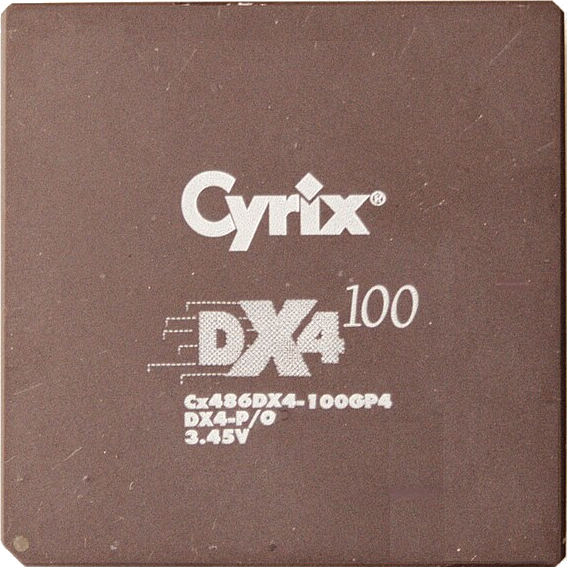

Sehr gut, vielleicht läuft es dort ja ähnlich ab wie mit den Rechten in UK.


Sehr gut, vielleicht läuft es dort ja ähnlich ab wie mit den Rechten in UK.
No, it is not dumb. My second link was just an example to a fix of one particular laptop where this issue occurred. I mentioned all this just to point to the issue that might be causing your problem. I’m afraid this probably does not fix it for you. Maybe it has been fixed with a more recent kernel. You could check which version you are running (by running uname -a from a terminal) and maybe update to a newer one if your distro allows that. Alternatively you could downgrade the kernel to a version before this issue was introduced (a 6.10 kernel should work okay). Of course downgrading should only be a stop-gap solution.
Yes. Apparently the issue happens with both internal mics and mic connectors where you attach your own mic. The seconds link I provided points to a fix for a specific laptop that fixes a non-working internal mic.
It is probably due to this change in the Linux kernel. That broke analogue microphone inputs on lots of systems. After that change, there were quite a few additional patches fixing those problems on individual systems (e.g. this one), but there are still lots of broken setups around. I have no idea what the original change was about exactly. It appears to have broken more things than it has fixed, but what do I know.


All this is correct, but keep in mind that you still leak domain names until ECH (encrypted client hello) is in wide-spread use. It is of course still a good idea to use encrypted DNS, just don’t assume your ISP can’t see which websites you are accessing.
You specifically said “online servers for authentication”. That’s what I understood as just that - a server required to be able to play the game, not a server required to use an actual online feature of a game. Don’t get me wrong, I very much prefer when games allow multiplayer games without requiring a server run by the publisher. All that is very different from what the posts title is about, though.
By the way, there are still games on GOG that let you run local servers for multi player gaming.
online servers for authentication
I am not aware of any game on GOG that requires an online server for authentication. I’m not saying no such thing exists - I don’t own every single game on GOG, but that would go against the whole DRM free thing. Care to name a few games that do this? I don’t mean games that have an online mode that require a server, but games that just require authentication against an online server to be able to play the game.
They don’t have DRM. That’s not the same as owning the game.
That’s why I mentioned that you purchase a license. That has also always been true even if you “bought” a game as a physical copy in a store. A DRM-free game is still the closest thing you get to owning a game.
If you don’t back up the games or installers yourself, and GOG goes under, you lose access to your library the same as Epic or Steam going away.
I have heard this argument before, but I really don’t get it. Of course you could lose your files if you don’t download them. I’d say that’s so obvious it isn’t even worth mentioning. If you lose or destroy your physical copy of a game you also lose access to it. Pretty obvious.
Reminder that you do not own digital games
That is not universally true. On GOG for example you can download all your games, so things like this could not happen there. Sure, you still technically purchase a license and do not actually buy the games, but for all intents and purposes this is still the closest you get to actually owning the games.
deleted by creator


also i am having trouble hunting down what cuesheets means in this context?
When you rip an audio CD you can either create one file for each track or you can rip the entire CD as one track and create a cue sheet file which is basically a text file describing where each track starts in that single audio file. This can be useful to have an exact copy of the CD without adding unintended gaps between tracks. It is primarily useful if you intend on recreating the actual audio CD at a later time from the ripped data. Most people don’t need this.
I’ve always wondered how close to reality those tracks were. They certainly look nice. Same with the Dirt Rally games. Good to know they put in the effort to actually make them accurate.
No worries! That’s okay! :)
I would love to give Hypnospace Outlaw a try! Thanks for the giveaway! Every once in a while a take out an old PC to play some DOS or early Windows games. Recently i played Lotus III on DOS. I still like the game’s soundtrack. :)
Gravity Circuit sieht witzig aus. Würde mich sehr darüber freuen! Danke für das Giveaway! :)


Yeah, that’s mostly because performance is so poor without it.


and that your cpu might not be able to provide enough data.
That also depends on the settings and resolution you plan on playing with. The higher the visual settings and resolution, the more demand is on the GPU. So when you plan to play on very high visual settings at a high resolution, a higher end GPU might make sense even with an older CPU.


I am pretty sure that this is not true. While Intel Arc GPUs really should be paired with a mainboard with resizable BAR for performance reasons, they will still work without it, although with pretty bad performance.


Bei der Lufthansa dürfen Powerbanks mit bis zu 100 Watt im Handgepäck transportiert werden.
Was für ein konfuser Artikel. Über die Leistung der Powerbanks wird in den Regeln überhaupt nichts gesagt. Was begrenzt wird, ist die erlaubte Kapazität. Dort sind 100 Wh das erlaubte Maximum.
None of the popular web browsers support FTP. Maybe some niche browsers still do, but certainly not “most”.